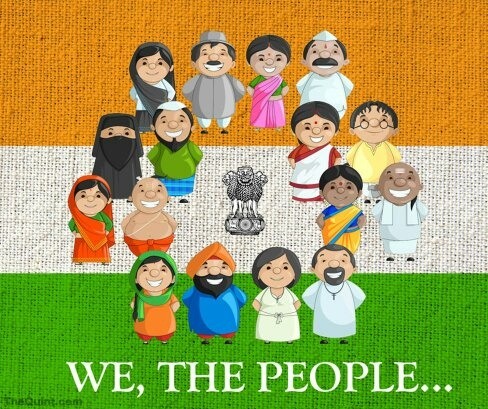Child labour is born in a society where both poverty and illiteracy are prevalent. It must be eradicated from its roots for an emancipatory social system.
Kavya Thomas | The New Leam
It is understood that a child should not be subjected work at the cost of her childhood and education. Child labour as a phenomenon robs the child of the possibility of a healthy future and makes her opportunities limited. It is for this that it becomes important for us to make it possible for all children to be free of child labour and make use of a childhood that gives them a good future. Along with parents and guardians, the society and the nation-state are all responsible for giving children a world where there is no child labour.

Child labour is the process of employing children as a source of labour and in that process taking away from them all opportunities of growth and education that are fundamental for their future. Some industries have been seen to have a preference for child labour as their wage demands are low. Such work denies the child her potential and is against the growth of the complete individual. Child labour comprises all sorts of forms of labour that have been legally prohibited for them. There are various factors involved in child labour such as poverty. In poor families, children may be seen as supportive labour force. It is a massive problem for many countries where parents are unable to meet the expenses on their own and thus put their children to work. Children are found in mines, bangle making, leather, pottery, textile and other industries.
This means that the child does not get the opportunity to go to school and thus is deprived of better opportunities for the future. Another important reason for child labour has been that there is a huge demand for unskilled labourers in the country. Children are preferred here since their wage demands happen to be low. This helps increase the margin of profit and promote infavourable conditions where children work. The other reason is that there is widespread illiteracy and little recognition of the importance of education. This keeps them aloof to the importance of having their children get a quality education. Other associated issues are high cost schooling, lack of schools, lack of government initiative in making education widespread and so on and so forth. It is at this juncture important to understand the result of child labour –the first in these is the loss of childhood, health concerns due to improper diet and poor working conditions, mental oppression, illiteracy among a host of other issues.
What we do understand at this time is that child labour must be completely eradicated. The society has to provide certain measures to take this up such as making education free for all, making child labour awareness widespread, create demand for skilled and trained workers, help empower the poor and those people who are most affected by child labour. Finally, we must understand is that child labour is not an issue for only those who are affected by it but for the society as a whole. We should all strive towards a situation where the fundamental rights of children are protected and they are given good education. The moral unacceptability of child labour should be understood by all and the state must ensure that no section of society is allowed to practice it.














